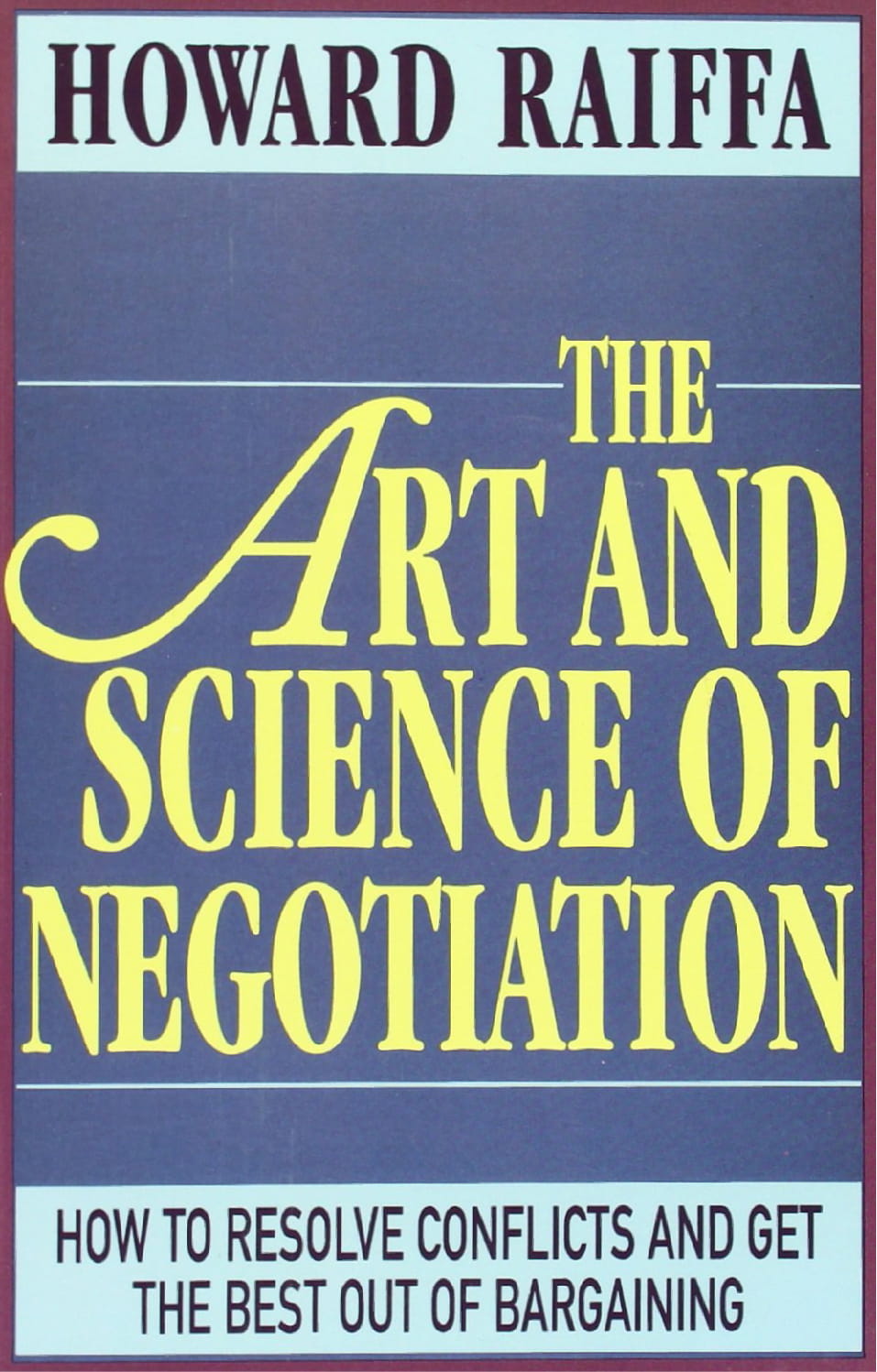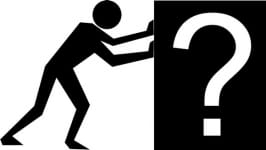The Art and Science of Negotiation (Book Review)

An analytical and mathematical approach in deriving creative solutions to a negotiation problem. Offers practical guidelines in understanding your counterparty's perspective.
Level: Advanced
Categories: Business, Academic
Publication Date: 2006-11-29
The Art of Agreement
The Art and Science of Negotiation takes a novel and bold approach to the negotiation problem from two perspectives. The title itself reveals this dual approach, viewing the totality of a negotiation as integrating the people puzzle and intuitive approach. Art is one side of the coin. The book also examines the negotiation process through a detailed empirical approach. It uses models, mathematics, and analysis to complete the other side of the coin, the Science.
The resulting blend is a well-thought-out process to teach negotiators how to not only arrive at an agreement, but how to secure the greatest benefit. The core of the book does seems to incorporate the best approach to find a win-win solution in its totality of expression.
Raiffa contends that in many situations, negotiators often fail to reach an agreement when in fact a compromise does exist. In these situations, the disputing sides have failed to adequately analyze the situation to their mutual advantage. He also suggests that many negotiations result in a less than satisfactory agreement. Here, both resources and money have been left on the table. His main thrust is that negotiators all too often emphasize interpersonal bargaining abilities over that of analysis. This, he claims, is the primary reason why most agreements fail or result in unsatisfactory agreements.
The Formula for Successful Negotiations
However, readers who are not well versed in mathematics might find the formulae and graph analysis to be daunting and somewhat beyond them. That said, there is an extensive amount of useful information to be gleaned that will add both thought and substance to the negotiation process.
One of the key themes of the book is that even mostly a simple analysis of a negotiation problem can help solve a negotiation dilemma. This is true whether it’s a simple issue involving bargaining, or whether the negotiation is far more complex, such as a multi-party negotiation involving multiple issues. It also examines the perspective of third-party interveners such as facilitators, mediators, or arbitrators. It considers that they might take a prescriptive and analytical approach to the issues and parties involved.
Use Analytical Techniques Creatively
By using various diverse case studies, the book engages and challenges the reader to learn the science of the analytical process to find the most beneficial agreement. The cases dig deep into the meat of the dynamics of the negotiation process as a whole. The book goes beyond the cause and effect of negotiation theory in discussing the behavior of the participating negotiators. The book argues that what many negotiators fail to utilize and apply is a relatively simple analysis of the issues before them.
This book is a gem for any negotiator at any level of expertise. The analytical approach to understanding the other side’s perspective and the issues involved offers many practical guidelines for any negotiation situation. As the author concludes: The need is not for the creation of new analytical techniques specially designed for the negotiation process, but rather for the creative use of analytical thinking that exploits simple existing techniques.
YOU MAY ALSO LIKE





Really insightful and revealing review. Thank you. I appreciate your underscoring that the technical side can be dense while also pointing out how and why to navigate it.